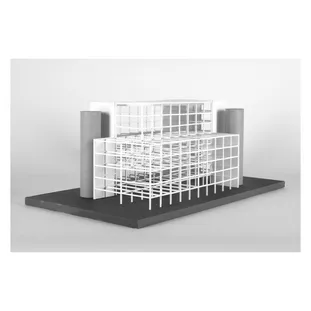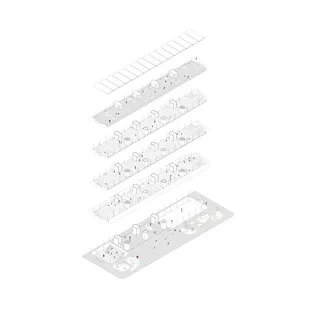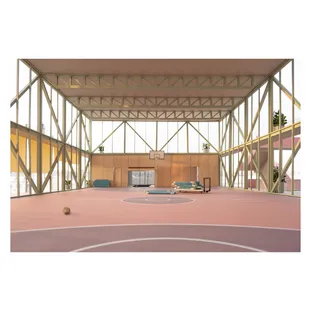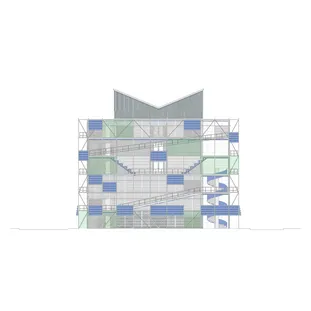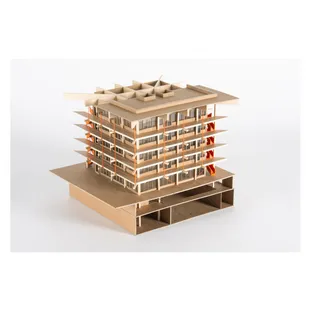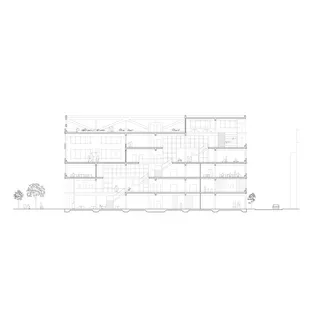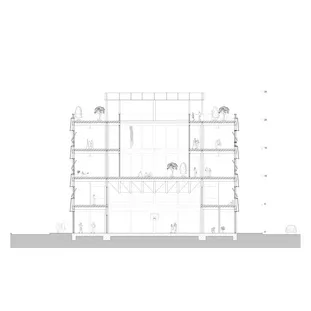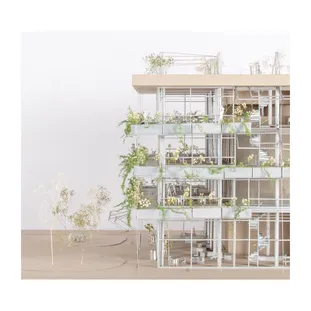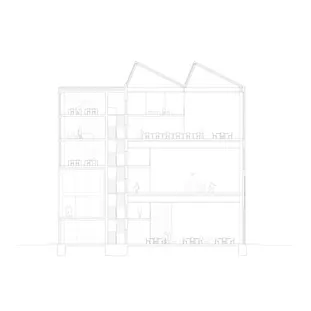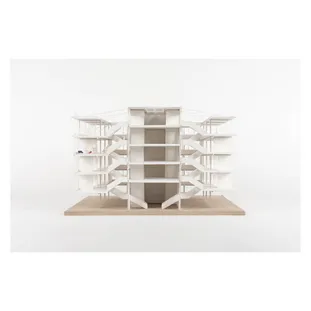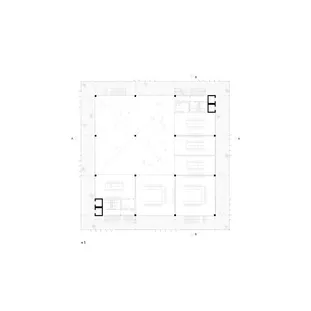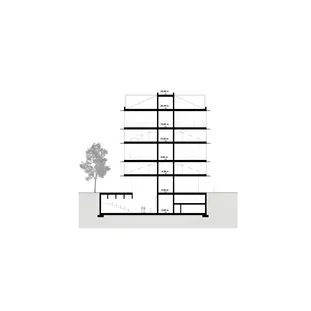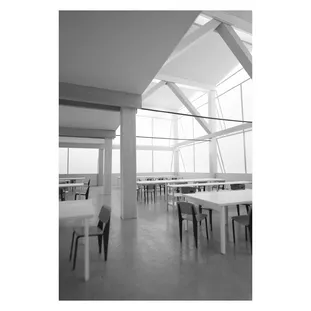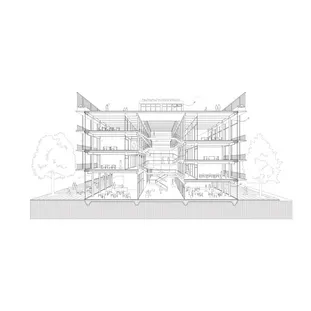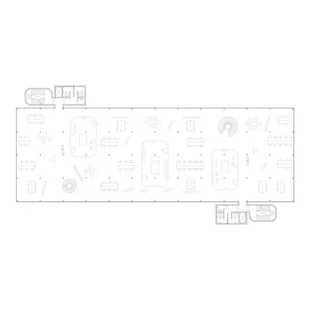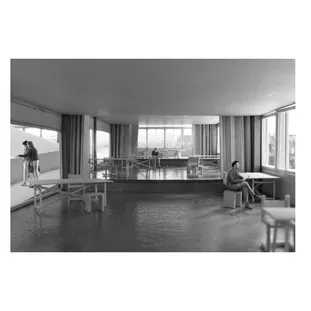From codes and contexts to technical systems and programmatic demands, architecture is a constant negotiation between the figurative and the configurative; between form and performance. These relational systems tie each building not only to its physical environment but to its social and cultural context. While the focus of the third semester architecture studio will be the resolution of a single building, its pedagogical intent is to understand that no building and no design process can ever be autonomous.
We will be paying closer attention to the inner workings and logics of a building and look for conceptual opportunities in the many constraints. While the focus may be on a singular object, it is important to recognize the wider implications that design—at any scale—has on our collective society. From the formal and informal spaces of interaction to its interface on the public ground, every building gives cues to the relationship between individual and collective.
In each phase of the design process, discrete typological, functional, itinerant, and regulatory topics will be addressed within the broader framework of the specific dialogical pairings. More tangible issues such as organization, building technologies, environmental systems, code, comfort, and daylight will be set against less tangible but not less important issues such as atmosphere, identity, flexibility, and durability. And of course, underlying all of these are the ecological and social responsibilities that (should) anchor any design endeavor, especially one that has a collective and public presence.
A Public Condenser for Munich
WS23
The Public Condenser, a new youth center, will be developed by the city of Munich in collaboration with the youth associations. This vibrant injection in the center of Munich will provide young people, no matter their background, with resources for skills training, and activities that take learning beyond the formal classroom. Above all, it will be a safe place for social exchange and a haven for at-risk youth.
01- Henneke, Novak, Strehler, Wöbcke; 02- Fuchs, Liebermann, Pashkevich, Wanner; 03- Dönch, Holland, Kolland, Link; 04- Berndt, Kulow, Vetter, Winter; 05- Grabner, Pascual, Pürzer, Trickl; 06- Kaulich, Regenczuk, Lahme, Schönfelder; 07- Grotenhuis, Lechner, List, Moser; 08- Calisan, Freiin von Wangenheim, Leppert, Regenscheit; 09- Friker, Hermann, Hohmann, Menduto; 10- Al-Khafaji, Bühler, Huth, Kreibich; 11- Gong, Hauer, Kramer, Bontempi Gouveia Sarkozy; 12- Ackermann, Fischer, Liehr, Wawrzyniak.
The Munich Design Institute
WS22
This semester students will be designing the building for the Munich Design Institute, a new interdisciplinary endeavor that aims to introduce design thinking to the engineering departments.The focus will be on the building as a complex negotiation of systems, addressing both its functional demands as well as its urban presence.
01- Haberl, Kamal, Kreuz, Von Detten; 02- Fornasari, Stenger, Weiss, Zenz; 03- Kloep, Kurrle, Lohde, Seitz; 04- Brennsteiner, Gloth, Hubmann, Portal; 05- Berger, Ebner von Eschenbach, Rothenpieler, Weidner; 06- Bechwar, Bordas, Dragic, Mack; 07- Dube, Flohr, Grossmann, Oberascher; 08- Aschoff, Bruinier, Schuette, Tebartz; 09- Haeggberg, Keilwerth, Merkl, Magerter; 10- Heitmann, Schiedt, Stephan, Yazar; 11- Biedermann, Krienelke, Schulz, Taschner; 12- Bernard, Martin, Waldner, Werner-Jones.
